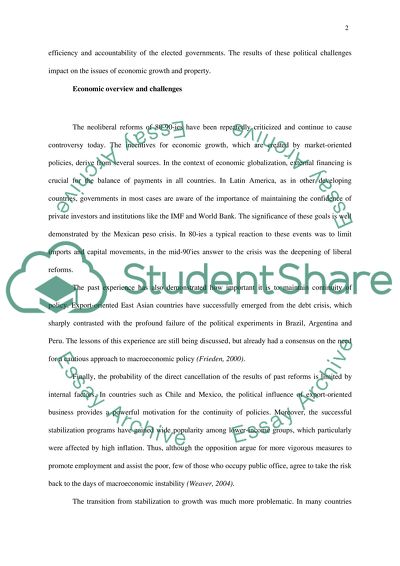Cite this document
(“Economic Issues in 20th century Latin America Essay”, n.d.)
Retrieved from https://studentshare.org/environmental-studies/1417749-economic-issues-in
Retrieved from https://studentshare.org/environmental-studies/1417749-economic-issues-in
(Economic Issues in 20th Century Latin America Essay)
https://studentshare.org/environmental-studies/1417749-economic-issues-in.
https://studentshare.org/environmental-studies/1417749-economic-issues-in.
“Economic Issues in 20th Century Latin America Essay”, n.d. https://studentshare.org/environmental-studies/1417749-economic-issues-in.


